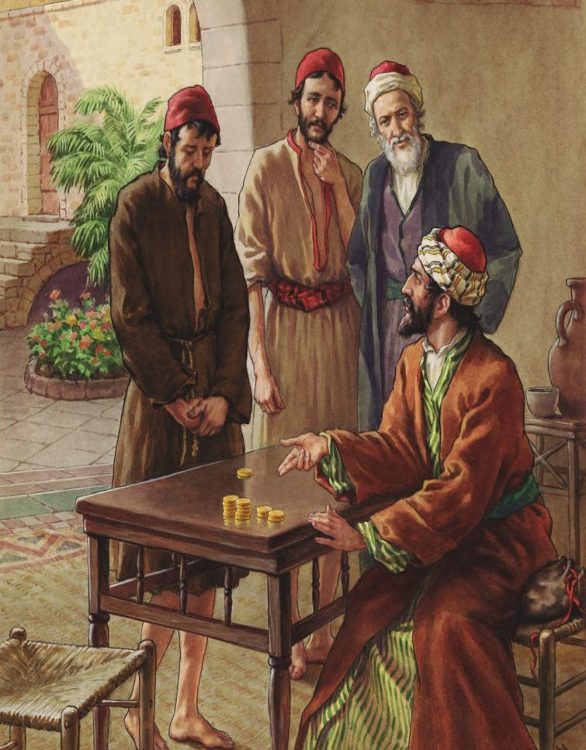Revisiting the Visitation of the Blessed Virgin Mary, by Peter Kwasniewski, PhD

On Abortion, Trump and Biden Both Got It Wrong, by Monica Miller
July 3, 2024
The Human Paradigm of Knowing, How it is Different, Why it is Not Replicable With AI, by Thomas B. Fowler
July 3, 2024
Above: The Visitation by Flemish painter Willem Vrelant (d. 1481).
By Peter Kwasniewski, PhD, OnePeterFive, July 2, 2024
Dr. Peter Kwasniewski is a graduate of Thomas Aquinas College and The Catholic University of America. He taught at the International Theological Institute in Austria, the Franciscan University of Steubenville’s Austria Program, and Wyoming Catholic College, which he helped establish in 2006. Today he is a full-time writer and speaker on traditional Catholicism who has written many books and publishes on a wide variety of sites. …




